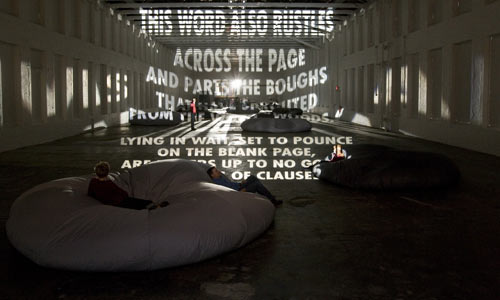Define the Art of this time – 2010
What name would you give it?
Post-Transitionalism.
When did it begin? How did it begin?
The art of this time began at the turn of the millenium in the year 2000. Art was being subjected to a new era of time and technology. Globalization, transportatoin and the rapid speed of internet technology redefined the art world.
What are the main principles associated with this Movement?
Some of the main principles of the “Post-Transitional” era include transitions, translations and the ephemeral. This movement has no sense of time because it is in the past, present and future. There are pathways that lead back to the past in an endless pursuit of global and cultural investigation that is directly translated into the occurances of today’s life. Space and time are ephemeral and infinate. The prefix ‘post’ is structured to the openess and transitions to everything before now. We are in a constant state of mobility and transport throughout the world, whether it is on an airplane or wireless network. This ability to seek options at such an incredible rate has allowed art to expand into a limitless realm.
Who are the main artists/critics associated with it and what is the aesthetic character of the Art of today?
There are many influential artists working beyond the millenium some of who include: Kara Walker, Damien Hirst, Sol Lewitt, Jenny Holzer, Chuck Close, Matthew Ritchie, Julie Mehretu, Tara Donavan, Matthew Barney, Jeff Koons, etc. This list of artists are only a few of some of the big names working today. Today there are more working artists than ever before and to list all of the main artists would be nearly impossible. Some current, leading art critics of today include Donald Kuspit, Jerry Staltz, Roberta Smith, David Cohen, Nicholas Bourriad and Roberta Bernstein are some art critics working currently with the Art of today.
Nicholas Bourriad describes the art of today to be a “wandering pathway” of ideas. Today’s art is a reaction, inclusion and translation of global insight from the past and present. There is no centralized aesthetic or center of ideas, rather an open and limitless account of transitions through time and space.

Kara Walker, “Burn” 1998

Jenny Holzer, “Projections” 2007

Jeff Koons, “Split Rocker” 2000

Julie Merehtu, “Dispersion”, 2002

Damien Hirst, “For the Love of God”, 2007
No comments:
Post a Comment